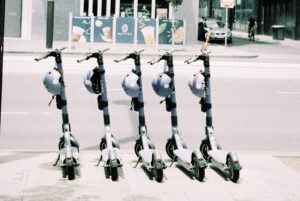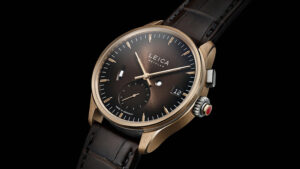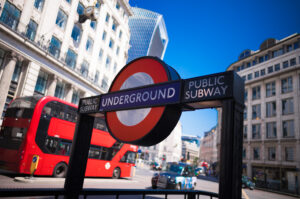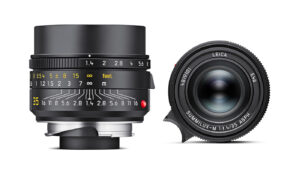I always put a UV filter on the end of my camera lens and keep it there.
The “To UV or Not UV” on a camera lens is a hot debate. It is true, and I know this from having worked in a camera store many years ago that camera retailers make a huge margin on a new UV filter. That $49.95 UV filter is probably making the camera store about $35-$40. Selling a big telephoto lens with a large diameter for say $2,000 I was able to add an extra $220 extra profit easily by saying “I’ll take $50 off this $300 filter for you as well with the lens so you have something to protect the end of it.” For a new twin lens DSLR package like a Canon 400D or Nikon D40 (hey it was 2006-2008) I was able to add an extra $100 to the profit with an easy sale of telling the customer these UV filters get scratched before your lens does, and are cheaply replaced. I wasn’t being dishonest, it is true.
When I spend money on a camera lens, I still buy UV or clear glass filters to protect them. I know I’m getting reemed, but I still buy them. Why?
If I am spending over $3,000 on a camera lens, I cannot afford to buy that lens again in a hurry if it does get scratched.
I like lenses to maintain their resell value. Any cleaning marks, minor scratches, dirt devalues the lens. And, as I like to trade up and always improve the collection of lenses I have, keeping the resell value of my lenses high is important. I want lenses to look as new as possible when I sell them.
Having filters on the end of the lens will affect your images. But is it really noticeable?
UV filters/clear glass protection filters can cause unwanted shadowing in the corners of your picture.

This image here has severe vignetting caused by a UV filter with a thick metal mounting ring causing shadows on the edges of the picture. A reasonable HOYA or other brand filter from a camera store, and not a cheap no name from an obscure place online or dubious seller on eBay generally won’t do this. So, buying a reasonable filter brand with a shallow mounting ring will mean you won’t have to deal with corner shadows.
If you are taking your camera lenses out, if you have kids with dirty fingers, if you take your cameras to a location where dirt, rain, sand, or anything can come into contact with your lens, put a UV filter on your lens, you will not notice a difference in image quality, but you will notice a difference to your bank balance if you need to replace a lens.
Cleaning lenses is not easy. Cleaning lenses is not fun. Cleaning lenses risks more damage to the glass. You’ll never be able to clean a lens to the same standard as it was when it was new.
A UV filter however, has a lot less of a stress factor to clean it, and you can replace it easily. You can use a tissue, or an older lens cloth and not have to worry about a piece of grit caught up in it scratching your camera lens.
I have a mid range (about $50) Hoya UV filer on my camera lenses. Both Fuji and Leica. Here is a photo taken on the Leica M240 with a 35mm with a UV filter.

Here it is again. Without the UV.

Spot the difference? I can’t.


Lets face it, if we are sharing photos we take on Facebook/Instagram/Flikr, the resolution down sample will affect our images more than any UV filter put on the lens, which is designed to be there, and allow the light to pass through to help make the photo as uninhibited as possible.
UV Filters give me a certain edge when taking photos. I don’t have to worry about lens caps. I keep my lenses in my day bag on the camera bodies, without a cap. Sure I always use a back cap. But I when I pull the camera out the bag to take a photo, I don’t have to worry about removing a lens cap, saving me time. Also, I feel safe walking around with my lens, ready to take a photo and not worrying if something comes into contact with it, because hey, worst case scenario, I just have to buy a cheap filter again.
I had a bird poo fall on the end of my lens once. So I replaced the UV filter. I didn’t have to feel paranoid about all that goo staining the glass or getting into the lens itself.
UV filters on Digital vs Film
When shooting on film, UV filters were a must have. And they still are.
They blocked UV rays and this was necessary on film because the UV light could render some purple fringing around details in a photo reducing the clarity of the image. Most DSLRs, mirrorless and compact cameras have this filter built into the sensor today. Which is why some photographers say it is unnecessary to add an additional filter, or that an additional filter will adversely affect their digital images. But my point is….can they see the difference? Or, do we forget the fact that the very nature of how we share images digitally would affect the quality of an image even more so? Or how about, that the person looking at our photos, being informed by them, enjoying our photos might not even care?








































































